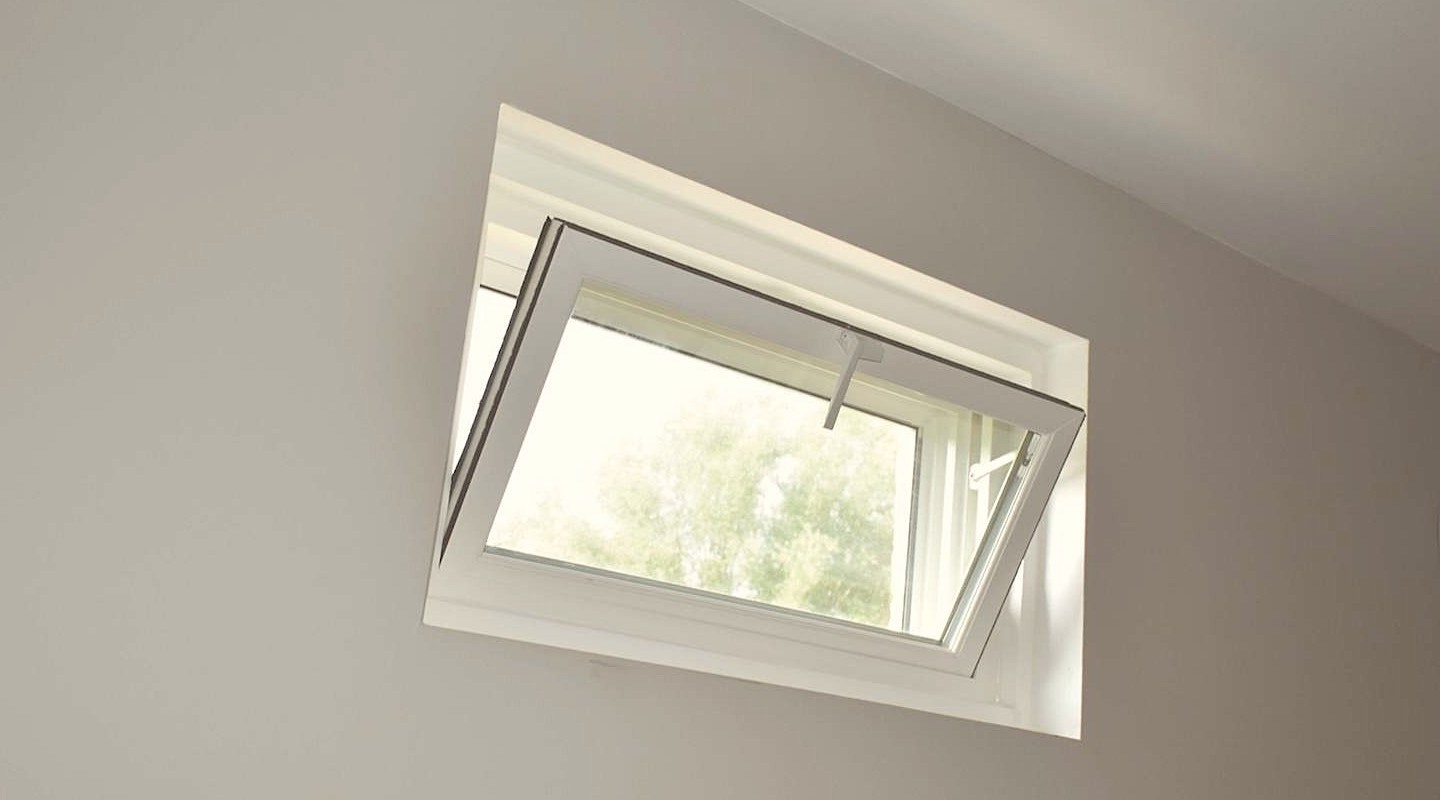

Articles
How To Open Basement Window
Modified: January 5, 2024
Learn how to open a basement window with these informative articles. Discover the steps and tools needed for a successful installation.
(Many of the links in this article redirect to a specific reviewed product. Your purchase of these products through affiliate links helps to generate commission for Storables.com, at no extra cost. Learn more)
Introduction
Opening a basement window can bring numerous benefits to your home. Whether you want to improve ventilation, enhance natural lighting, or have an emergency exit, having a functional basement window is essential. In this guide, we will walk you through the step-by-step process of opening a basement window.
Before we dive into the details, it’s important to note that the methods might vary depending on the type of window you have and the specific construction of your basement. However, the general principles remain the same. Follow these steps carefully and consult with a professional if needed.
Opening a basement window might seem intimidating at first, but with the right tools and techniques, you can complete the task efficiently and effectively. Let’s get started!
Key Takeaways:
- Properly preparing the window area, inspecting the frame, and securing the window are crucial steps in opening a basement window. Prioritize safety, gather tools, and consult a professional if needed for a smooth process.
- Testing and adjusting the window’s functionality after opening is essential for smooth operation. Address any issues early on to prevent potential problems and enjoy the benefits of an efficiently operating basement window.
Read more: How To Measure Basement Windows
Step 1: Gather Required Tools and Materials
Before you begin opening your basement window, it’s important to gather all the necessary tools and materials. This will ensure that you have everything you need within reach and can complete the task smoothly. Here’s a list of items you’ll need:
- Screwdriver or drill: Depending on the type of window frame, you may need a screwdriver or a drill to remove any screws or fasteners holding the window in place.
- Pry bar: A pry bar will come in handy to gently pry the window frame away from the wall or to remove any trim or caulk that may be sealing the window.
- Gloves and safety goggles: It’s important to protect your hands and eyes while working with tools, especially when dealing with potential sharp edges or debris.
- Vacuum or broom: You may need to clean any dust, dirt, or debris that has accumulated around the window area before you begin the process.
- Measuring tape: Having a measuring tape on hand will help you ensure that the window is properly aligned and centered within the frame.
- New window hardware (if necessary): If your window is old or damaged, you may need to replace some hardware, such as locks, hinges, or seals. Make sure you have the appropriate replacements ready if needed.
Once you have gathered all the necessary tools and materials, you’ll be fully prepared to proceed with opening your basement window. Before starting, be sure to read through all the steps and familiarize yourself with the process to avoid any mistakes or complications along the way.
Step 2: Prepare the Window Area
Before you can open your basement window, it’s crucial to properly prepare the surrounding area. This step ensures a safe and conducive environment for working on the window. Here’s what you need to do:
- Clear the space: Start by removing any furniture, decorations, or other items near the window. Clearing the space will provide you with ample room to maneuver and reduces the risk of accidentally damaging anything.
- Protect the floor: Depending on the type of material your basement floor is made of, consider laying down a drop cloth or some protective covering to prevent scratches or damage during the window opening process.
- Open nearby windows or doors: Ventilation is crucial when working with potentially dusty or fumey materials. Open any nearby windows or doors to ensure proper air circulation while you work on the basement window. This will help to minimize any potential odors or hazards.
- Turn off utilities if necessary: If your basement window is located near any electrical outlets, plumbing fixtures, or other utilities, it’s important to turn off the power or shut off the water supply before you proceed. This step ensures your safety and prevents any accidental damage to the utilities.
- Put on protective gear: As you work on the window, wear appropriate protective gear, such as gloves and safety goggles, to protect yourself from potential injuries. This is particularly important when dealing with sharp edges or debris that may be present.
By following these preparation steps, you’ll create a clean and safe working environment for opening your basement window. Taking the time to prepare will make the process smoother and help you avoid any unnecessary complications or accidents along the way.
Step 3: Remove Any Obstacles
Before you can proceed with opening your basement window, it’s important to ensure that there are no obstacles blocking the window’s path. This step will help you have a clear and unobstructed access to the window. Here’s what you need to do:
- Remove window coverings: Take down any curtains, blinds, or window treatments that may be covering the window. This will allow you to have a clear view and prevent any potential damage to these items during the process.
- Clear away furniture or objects: If there are any furniture pieces, shelves, or other objects near the window, move them out of the way. Creating a clear path will make it easier to access the window and prevent accidental collisions or damage.
- Check for vegetation or debris outside: Inspect the outside area of your basement window for any plants, shrubs, or debris that may be obstructing the window’s opening. Trim back any overgrown vegetation and remove any debris that may block the window’s path.
- Clear away obstructions from inside: Inside your basement, check for any items, boxes, or clutter that may be blocking the window. Clear away these obstructions to ensure unobstructed access to the window from the inside.
By removing any obstacles in the vicinity of your basement window, you will have a clear path for opening the window without any hindrances. This step is crucial for ensuring a smooth and safe process, allowing you to proceed to the next steps with ease.
Step 4: Inspect and Clean the Window Frame
Before opening your basement window, it’s important to inspect the window frame and ensure that it’s in good condition. This step allows you to identify any issues that may need to be addressed and ensures a smooth operation of the window. Here’s what you need to do:
- Inspect the frame for damage: Take a close look at the window frame, both from the inside and outside. Check for any signs of rot, decay, or water damage. If you notice any significant damage, it’s advisable to consult a professional to assess and repair the frame before proceeding.
- Clean the window frame: Use a mild detergent mixed with water to clean the window frame. Scrub away any dirt, grime, or debris that may have accumulated over time. This step will not only improve the appearance of the window but also ensure a proper seal when closed.
- Check the seal: Examine the seal or weatherstripping around the window frame. Look for any signs of wear or damage. If necessary, replace the seal to ensure proper insulation and prevent drafts when the window is closed.
- Lubricate any moving parts: If your basement window has hinges or other moving parts, apply a lubricant to ensure smooth operation. This will make it easier to open and close the window and prevent any sticking or friction.
- Test the window’s functionality: Before proceeding, make sure to test the window by opening and closing it to ensure it operates smoothly. If you encounter any issues or resistance, it may be necessary to address the problem before continuing.
By inspecting and cleaning the window frame, you can ensure that your basement window is in proper working condition. This step is essential for the overall functionality and longevity of the window, providing you with a clear and hassle-free experience when opening and closing it.
Make sure to clear any debris or obstructions from around the window well before attempting to open the basement window. This will ensure smooth operation and prevent any damage to the window or surrounding area.
Read more: How To Seal A Basement Window
Step 5: Unlock and Open the Window
Now that you’ve prepared the window area and inspected the frame, it’s time to unlock and open your basement window. Follow these steps carefully to ensure a safe and smooth process:
- Check the window lock: Make sure the window is not locked or secured in any way. Look for any locking mechanisms, such as latches or locks, and ensure they are in the unlocked position.
- Remove any screws or fasteners: If your window has any screws or fasteners holding it in place, use a screwdriver or drill to remove them. Take care not to damage the window frame or surrounding area during this process.
- Gently push or pull the window: Depending on the design of your basement window, gently push or pull the window to open it. Take your time and be mindful of any resistance. If the window does not move smoothly, refer to Step 6 for possible solutions.
- Secure the opened window: Once the window is fully open, use any built-in or provided mechanisms to secure it in place. This could be a window lock, a sliding panel, or any other method specific to your window’s design. Ensuring the window is properly secured will prevent it from accidentally closing or causing any safety hazards.
Opening your basement window provides increased airflow, natural light, and an emergency exit if needed. Follow these steps carefully to unlock and open your window safely and effectively.
It’s important to note that the process may differ slightly depending on the type of window you have. Follow any manufacturer’s instructions specific to your window model to ensure the proper opening technique.
Step 6: Secure the Window
After opening your basement window, it’s essential to secure it properly. This step ensures the window remains in the desired position and prevents any accidental closing or safety hazards. Here’s what you need to do:
- Use window locks or latches: Many basement windows are equipped with locks or latches to keep them securely in place. Engage these locking mechanisms to hold the window open. Follow the manufacturer’s instructions for your specific window type to ensure proper usage.
- Install window props or supports: If your basement window does not have built-in locking mechanisms, you can use window props or supports to keep it open. These are adjustable rods or brackets that can be placed between the window frame and the sash to hold the window in position.
- Consider window screens: Installing window screens can provide added security and prevent insects or debris from entering your basement. Screens can be attached to the window frame using clips, Velcro, or other fastening methods.
- Apply window wedges: Window wedges are small triangular-shaped accessories that can be placed between the window frame and the sash to prevent accidental closing. These wedges act as a temporary security measure and can easily be removed when you no longer need the window open.
By properly securing your basement window, you can ensure that it stays open and does not pose any safety risks. Take the time to effectively secure the window using the appropriate methods for your specific window type.
If you encounter any difficulties in securing the window or if it does not hold in the desired position, it’s recommended to consult a professional to assess and address the issue. This will ensure the window remains properly secured and functional.
Step 7: Test and Adjust the Window
Once you have opened and secured your basement window, it’s important to test its functionality and make any necessary adjustments. This step ensures that the window operates smoothly and provides the desired benefits. Here’s what you should do:
- Check for smooth operation: Open and close the window a few times to ensure smooth and effortless movement. Pay attention to any resistance, sticking, or unusual sounds. If you encounter any issues, it may indicate a need for further adjustments or repairs.
- Inspect the seal: While the window is closed, examine the seal around the frame to ensure it creates a tight and secure barrier against drafts or moisture. If you notice any gaps or leaks, consider adding weatherstripping or applying caulk to improve the seal.
- Test the locking mechanism: Verify that the window’s locking mechanism functions correctly. Engage and disengage the locks a few times to ensure they securely hold the window in place. If you find any faults, consult the manufacturer’s instructions or seek professional assistance.
- Check for proper alignment: Take a step back and visually inspect the window to ensure it is properly aligned within the frame. Look for any gaps or unevenness. If you notice any issues, adjust the window position or consult a professional to rectify the problem.
- Consider safety measures: If your basement window serves as an emergency exit, ensure that it can be easily opened from both the inside and outside. Test the ease of opening and closing the window to guarantee its accessibility in case of an emergency.
Regularly testing and adjusting your basement window ensures its proper functionality and longevity. By addressing any issues early on, you can prevent potential problems and enjoy the benefits of an efficiently operating window.
If you encounter persistent difficulties or if the window requires significant adjustments or repairs, it’s advisable to consult a professional for expert guidance and assistance.
Conclusion
Opening a basement window can transform your space by improving ventilation, natural lighting, and providing an emergency exit if needed. By following the step-by-step guide outlined in this article, you can successfully open your basement window and enjoy the benefits it provides.
Remember, gathering the necessary tools and materials, preparing the window area, removing obstacles, inspecting and cleaning the window frame, unlocking and opening the window, securing it properly, and testing and adjusting its functionality are all crucial steps in the process.
Throughout the entire process, prioritize safety and take necessary precautions such as wearing protective gear, securing the area, and addressing any issues or difficulties that arise. If you encounter any challenges or feel unsure, don’t hesitate to consult a professional for guidance.
By opening your basement window, you can create a more comfortable and inviting space while also ensuring the safety and well-being of those in your home. So go ahead, follow the steps, and welcome the fresh air and natural light into your basement.
Remember to always refer to the specific instructions provided by the manufacturer of your basement window for the most accurate and appropriate guidance.
Frequently Asked Questions about How To Open Basement Window
Was this page helpful?
At Storables.com, we guarantee accurate and reliable information. Our content, validated by Expert Board Contributors, is crafted following stringent Editorial Policies. We're committed to providing you with well-researched, expert-backed insights for all your informational needs.

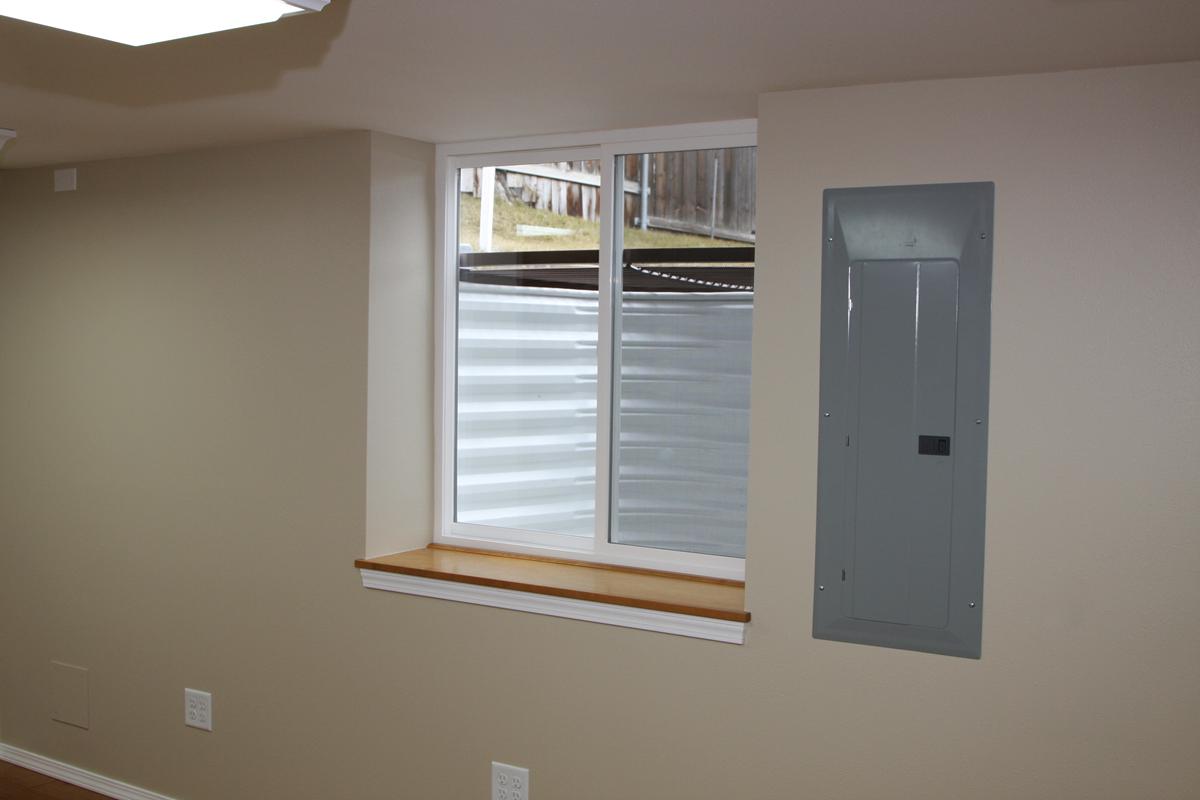
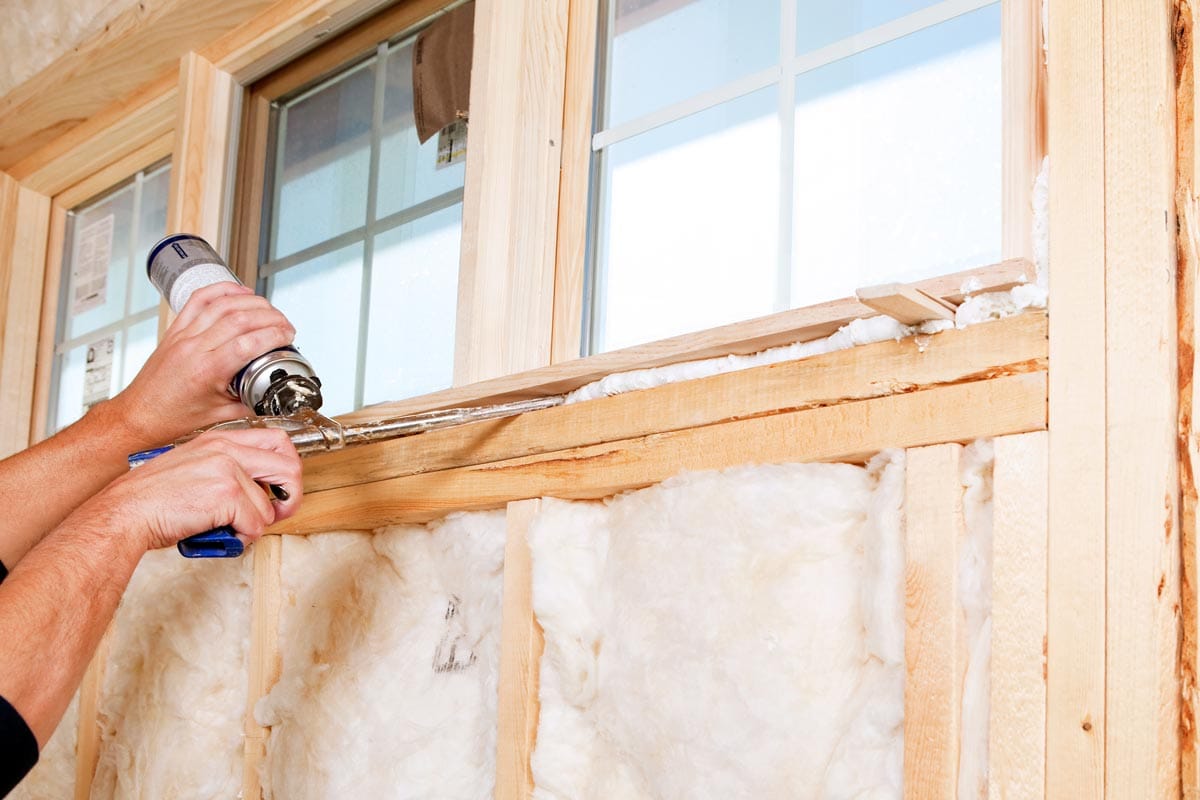
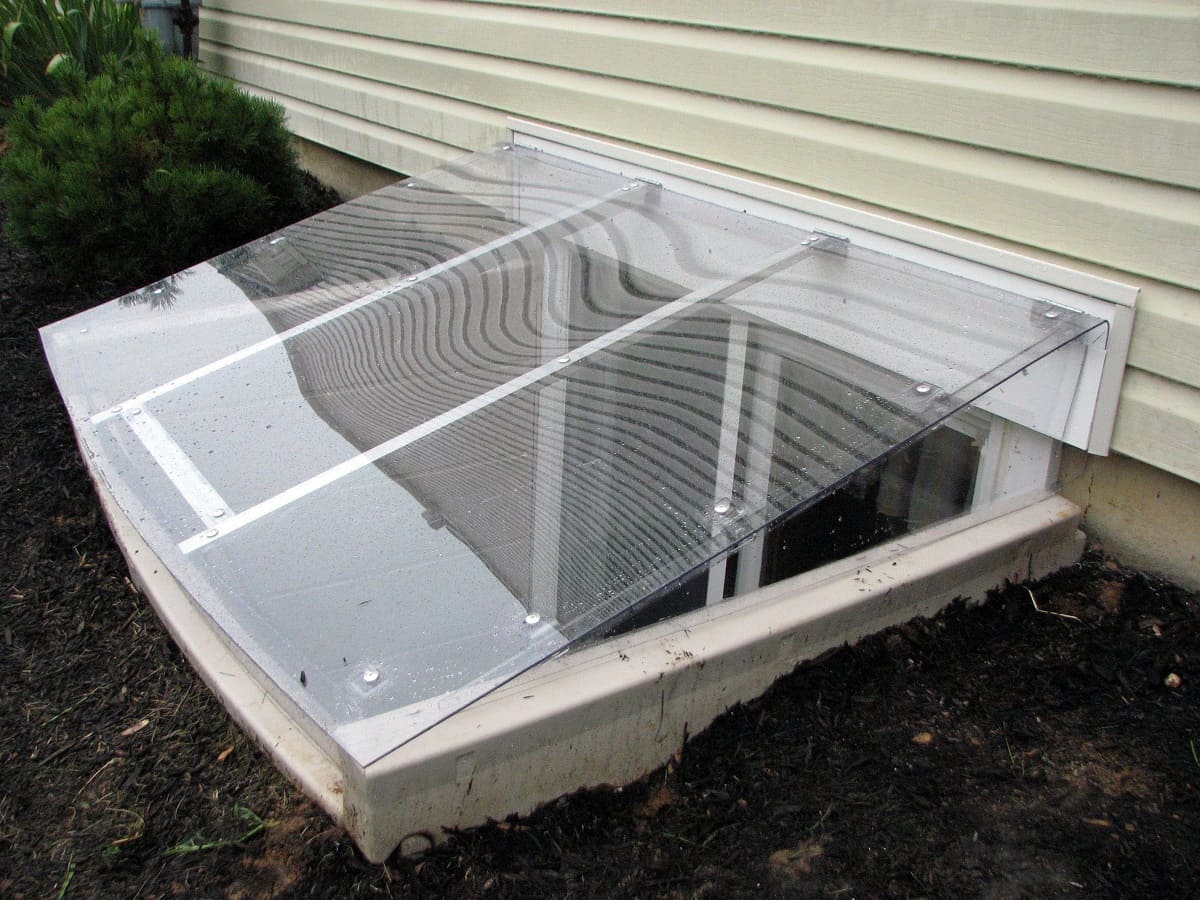
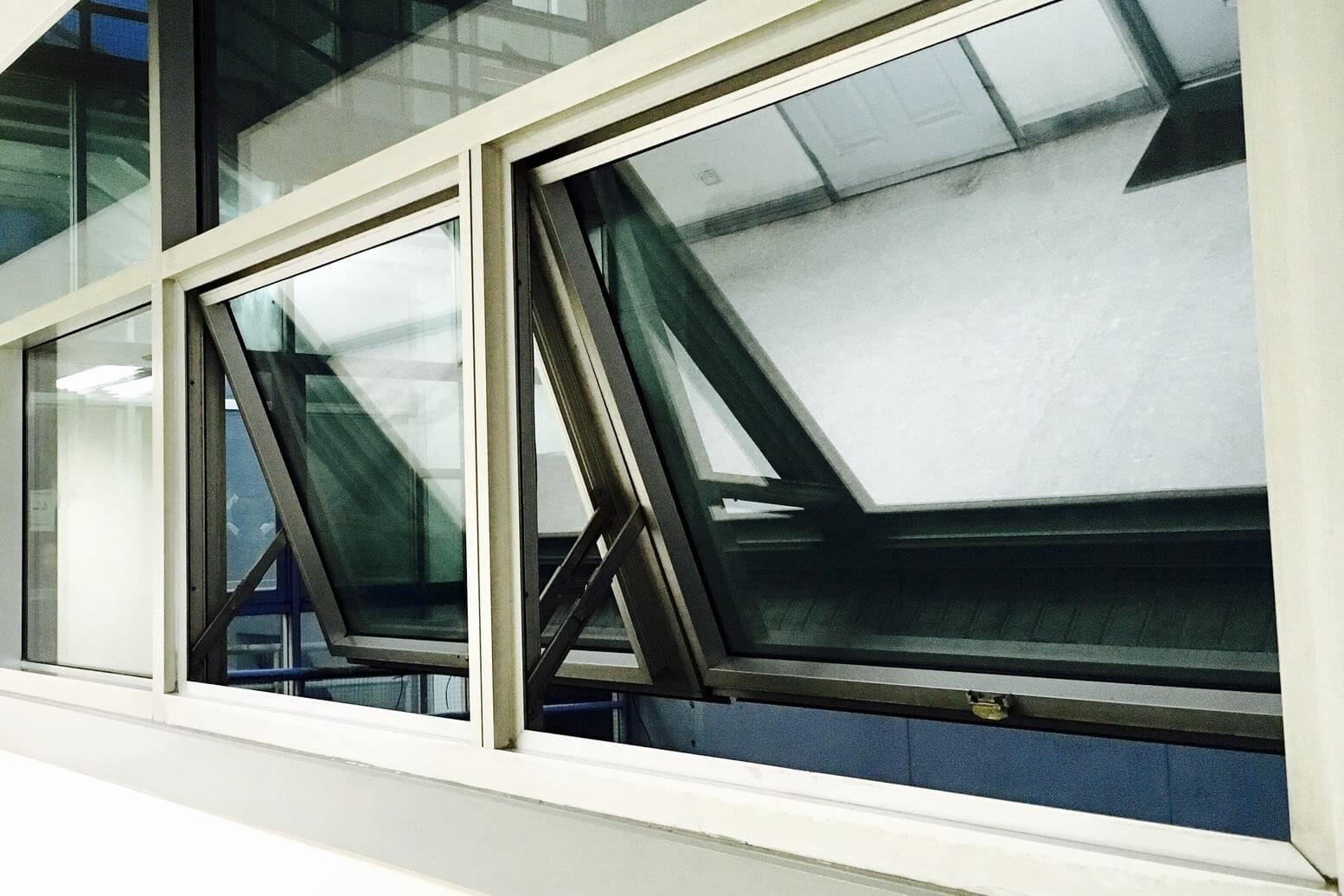

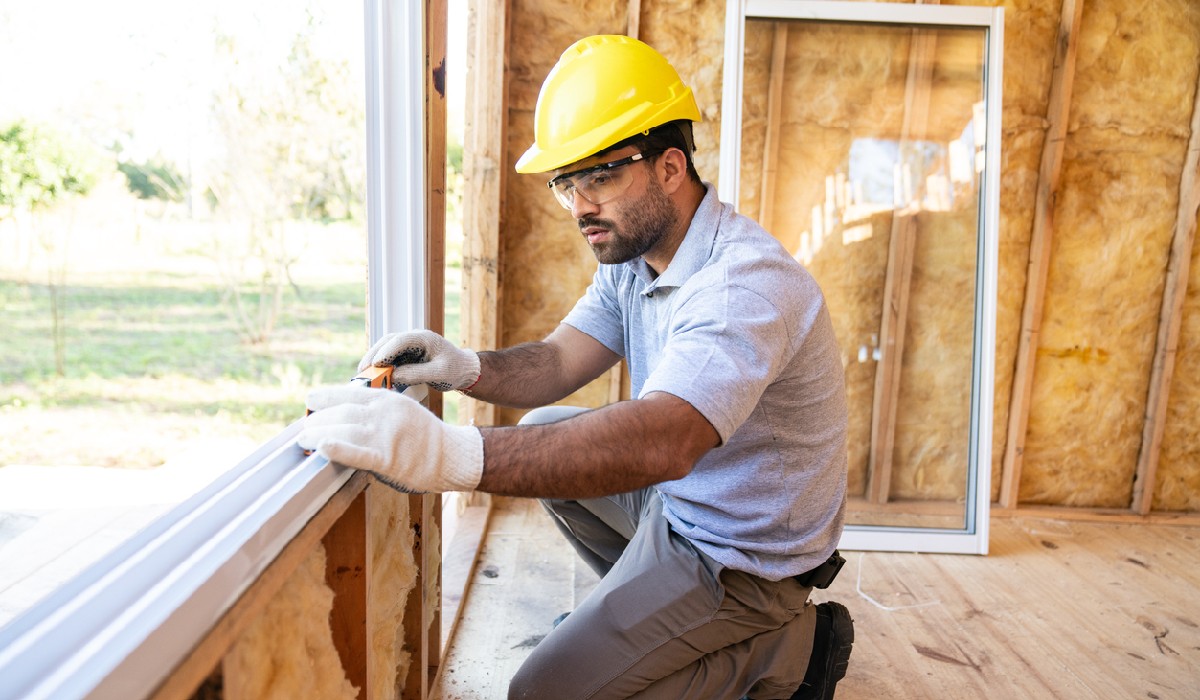
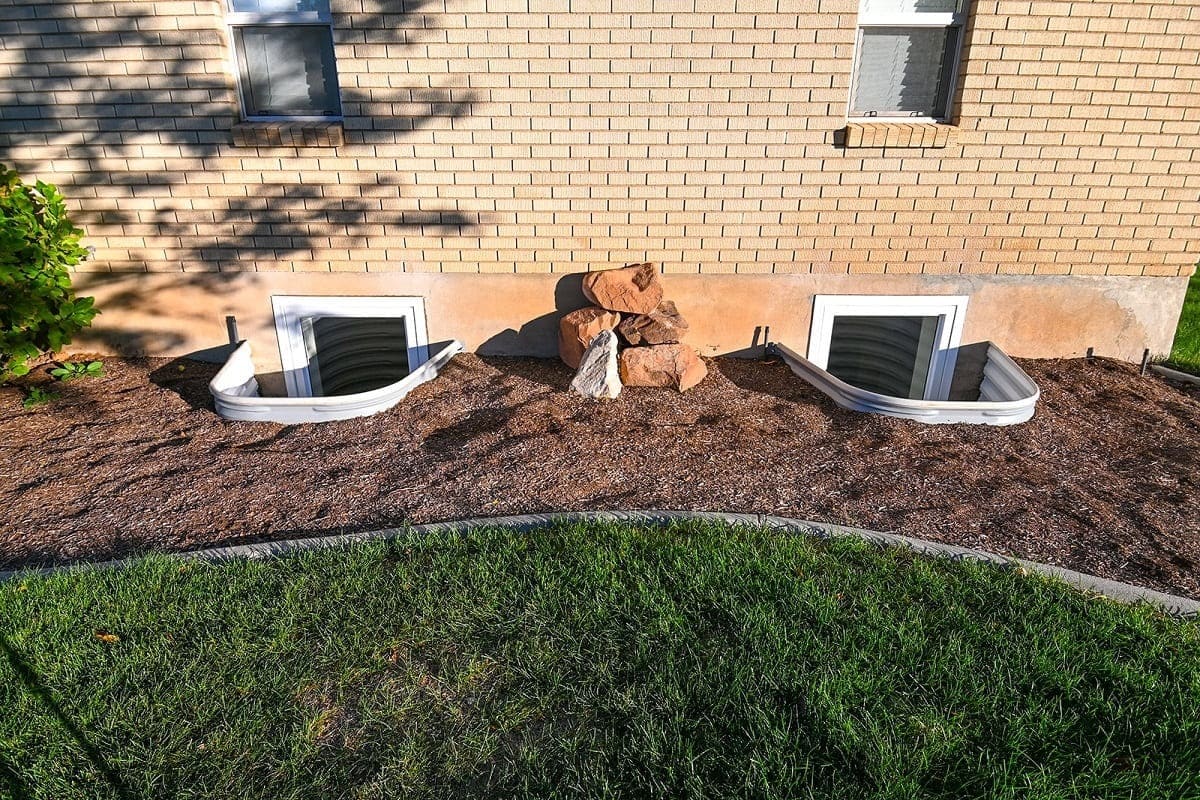
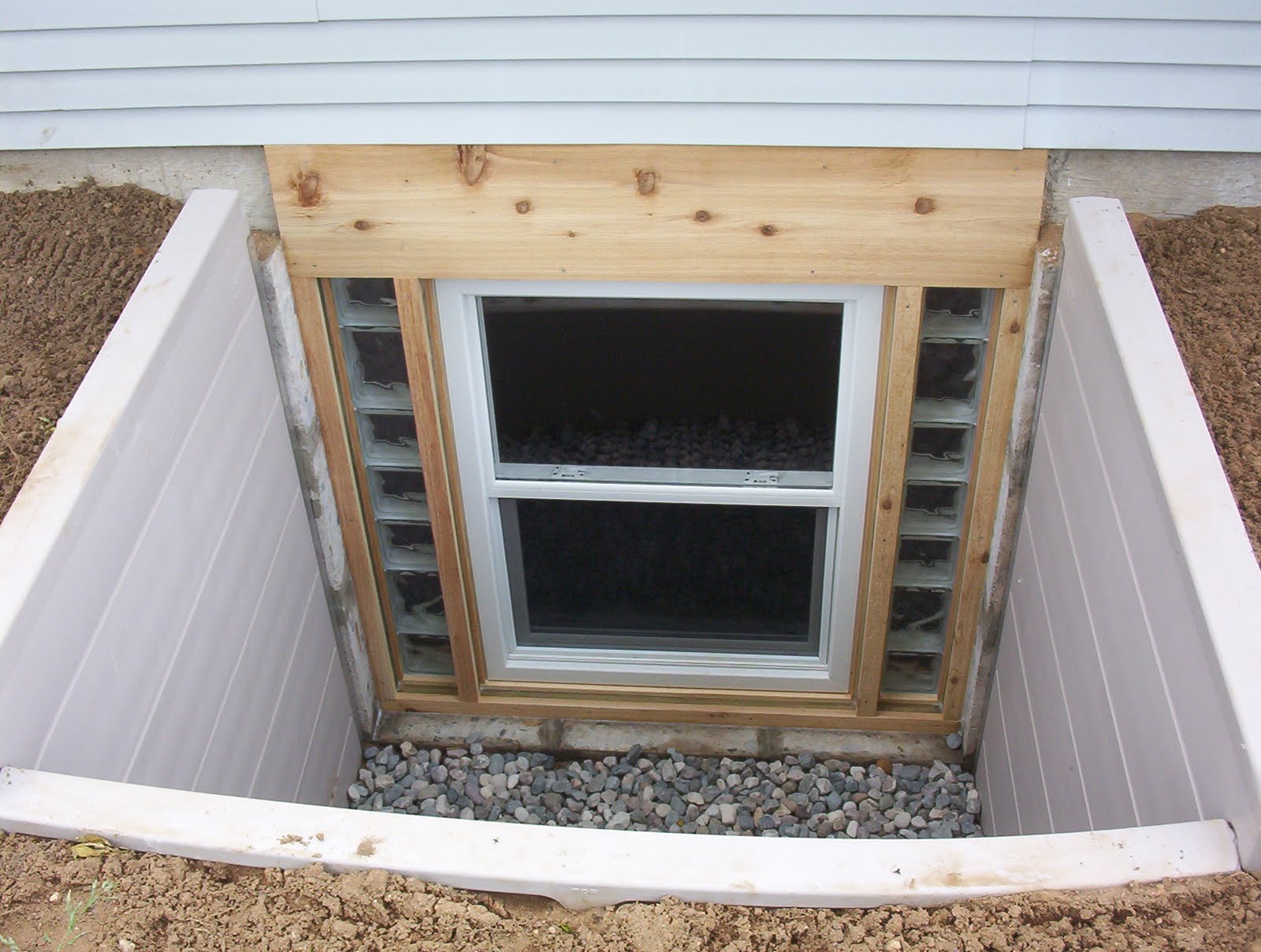
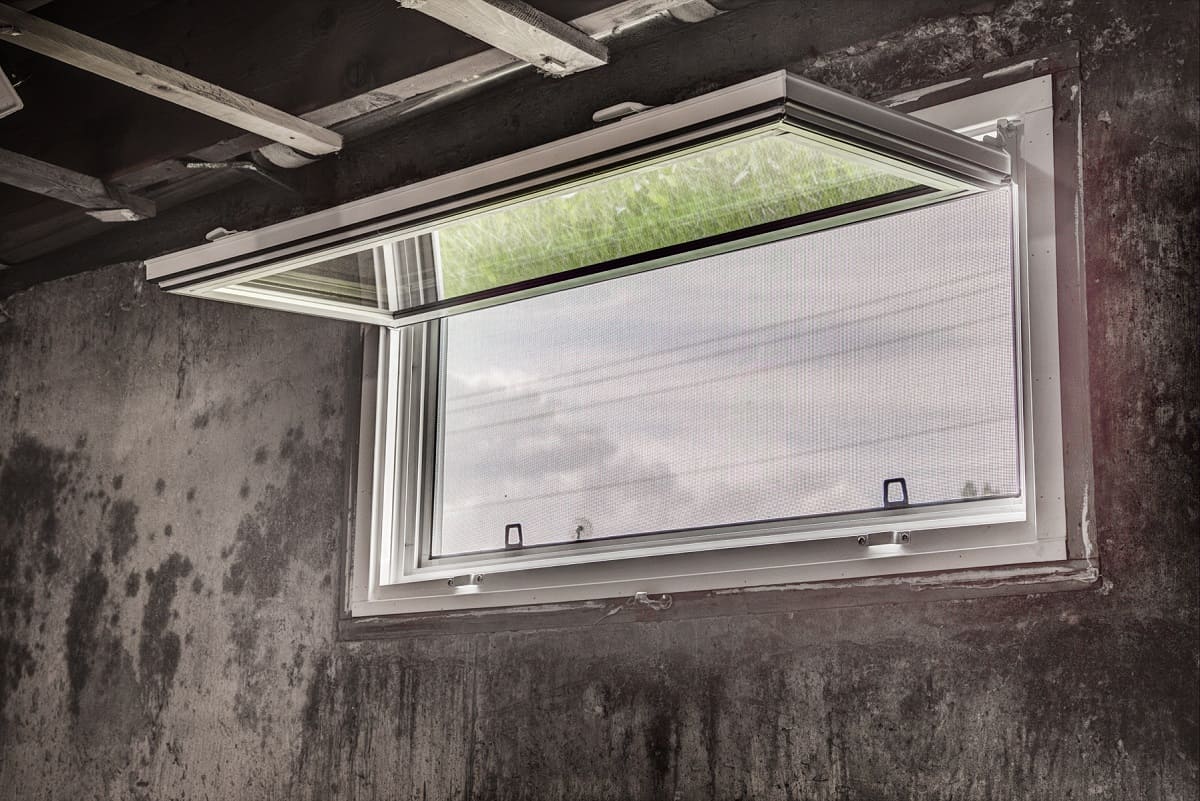
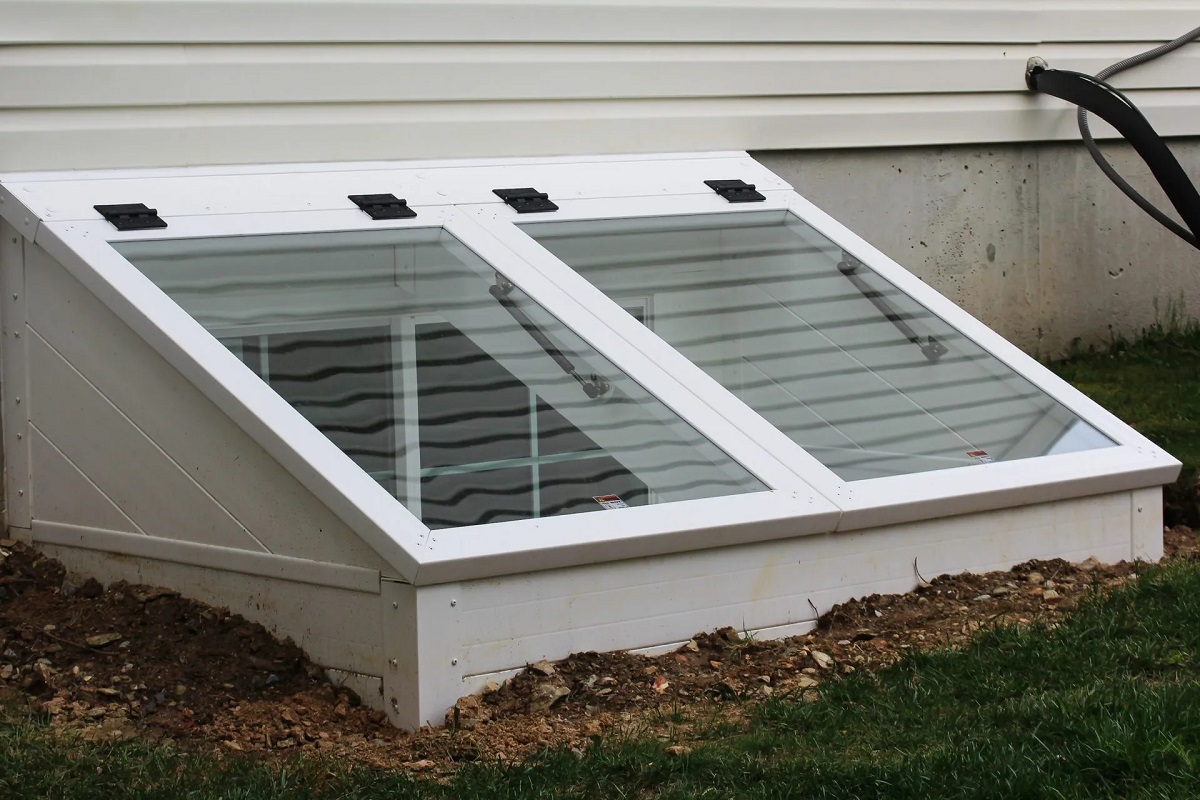
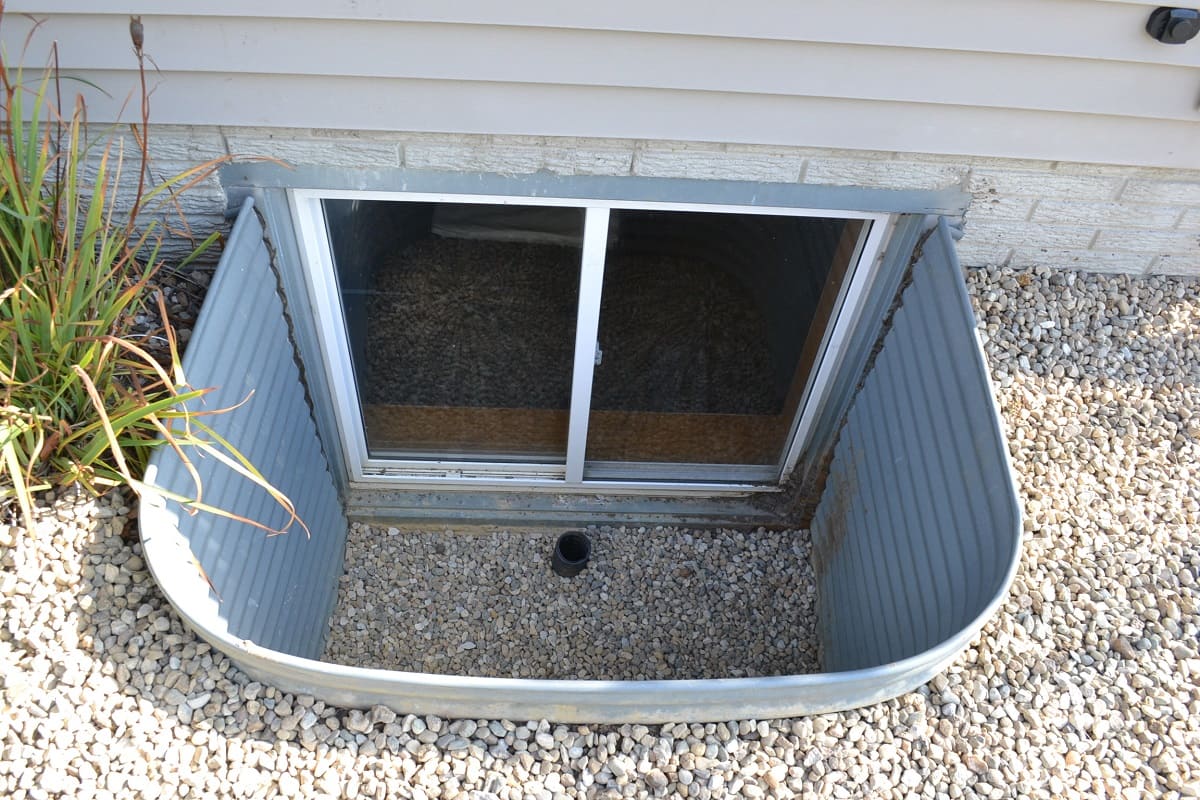

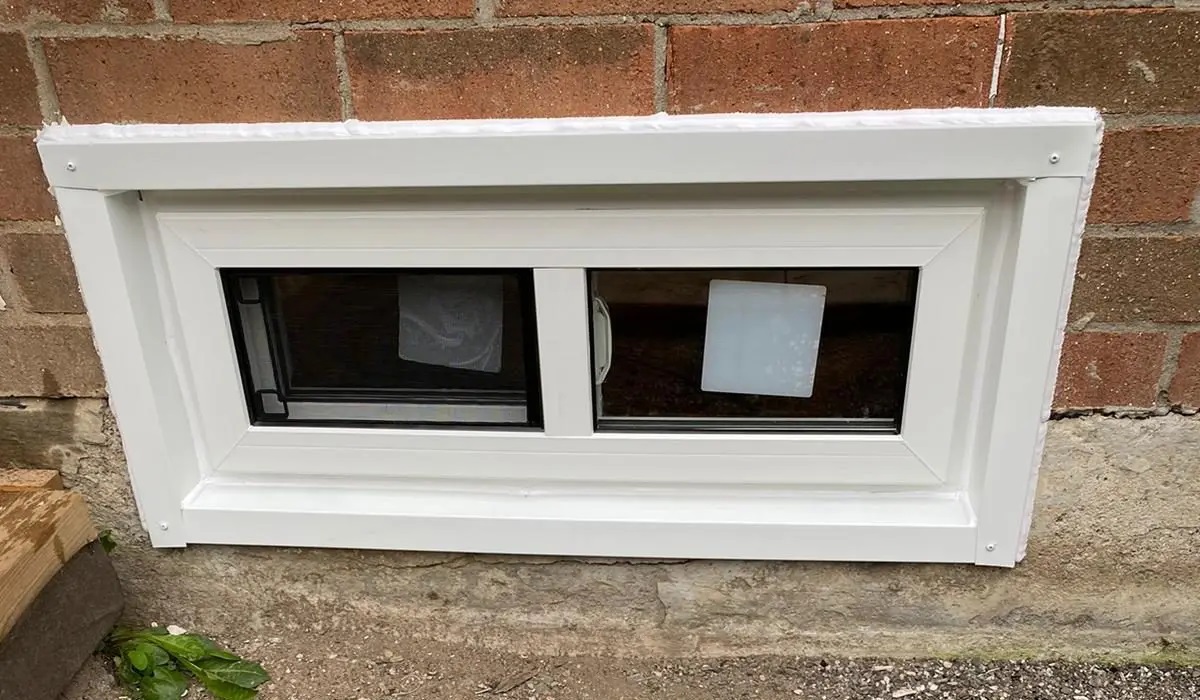

0 thoughts on “How To Open Basement Window”